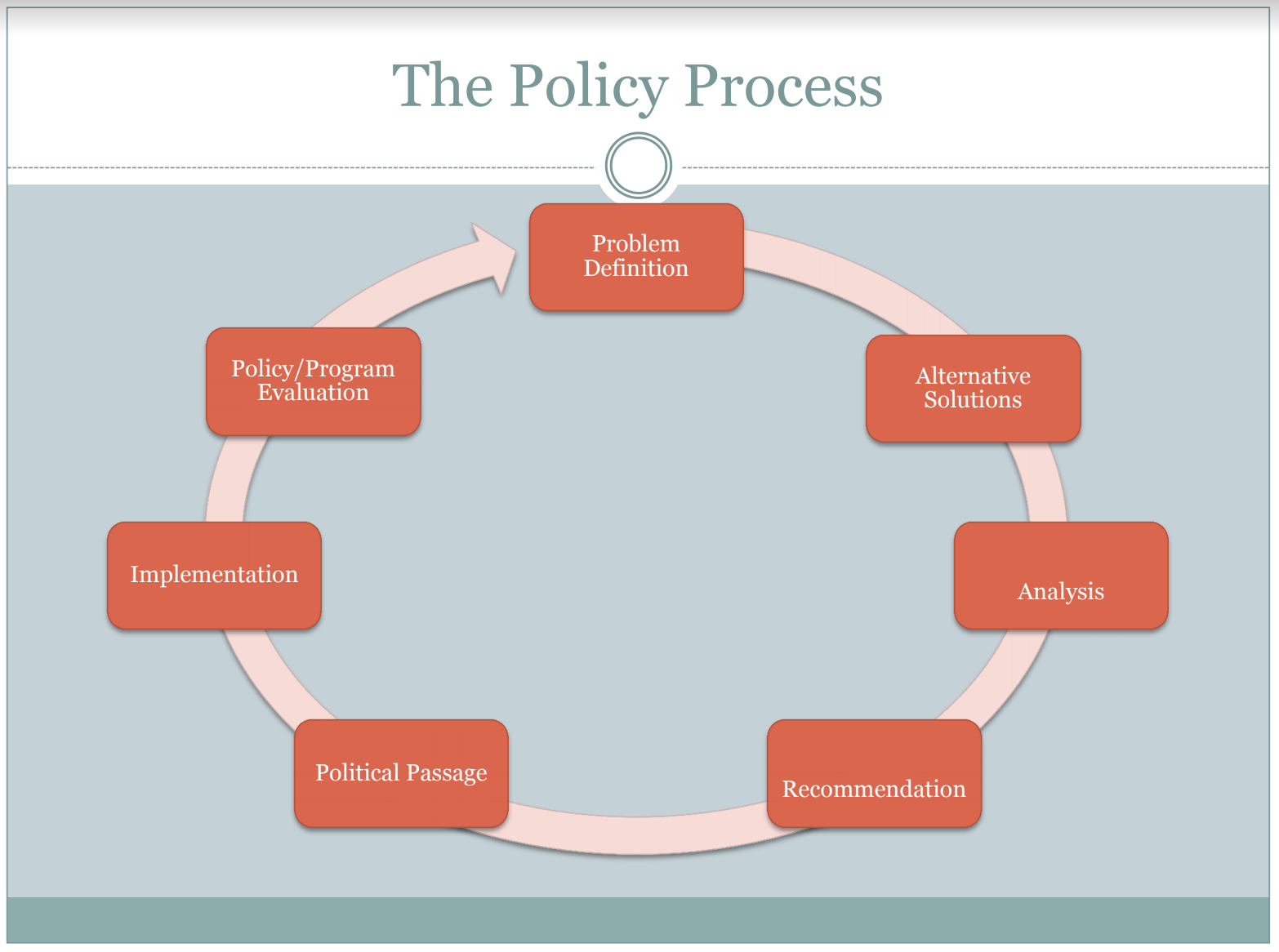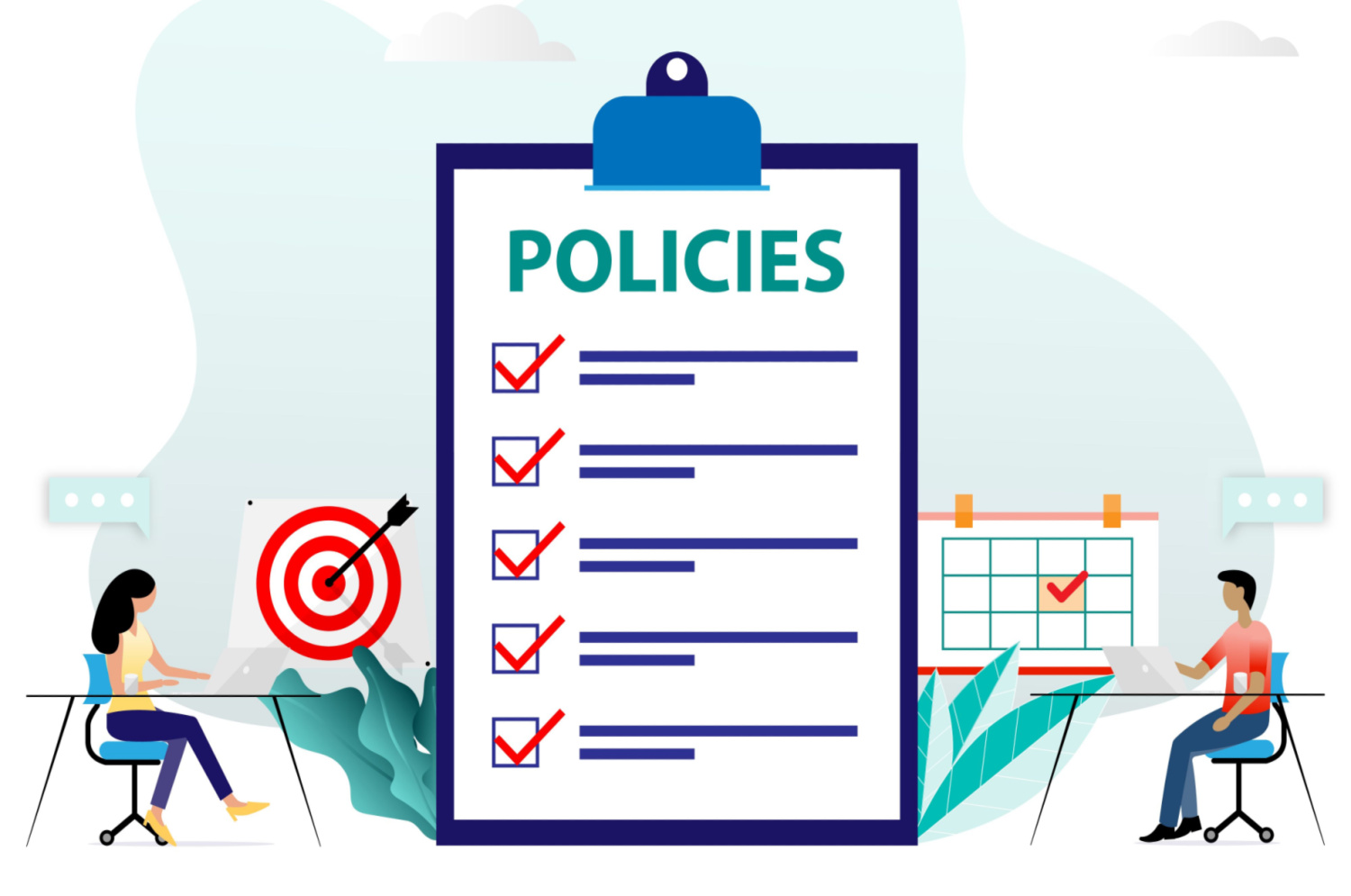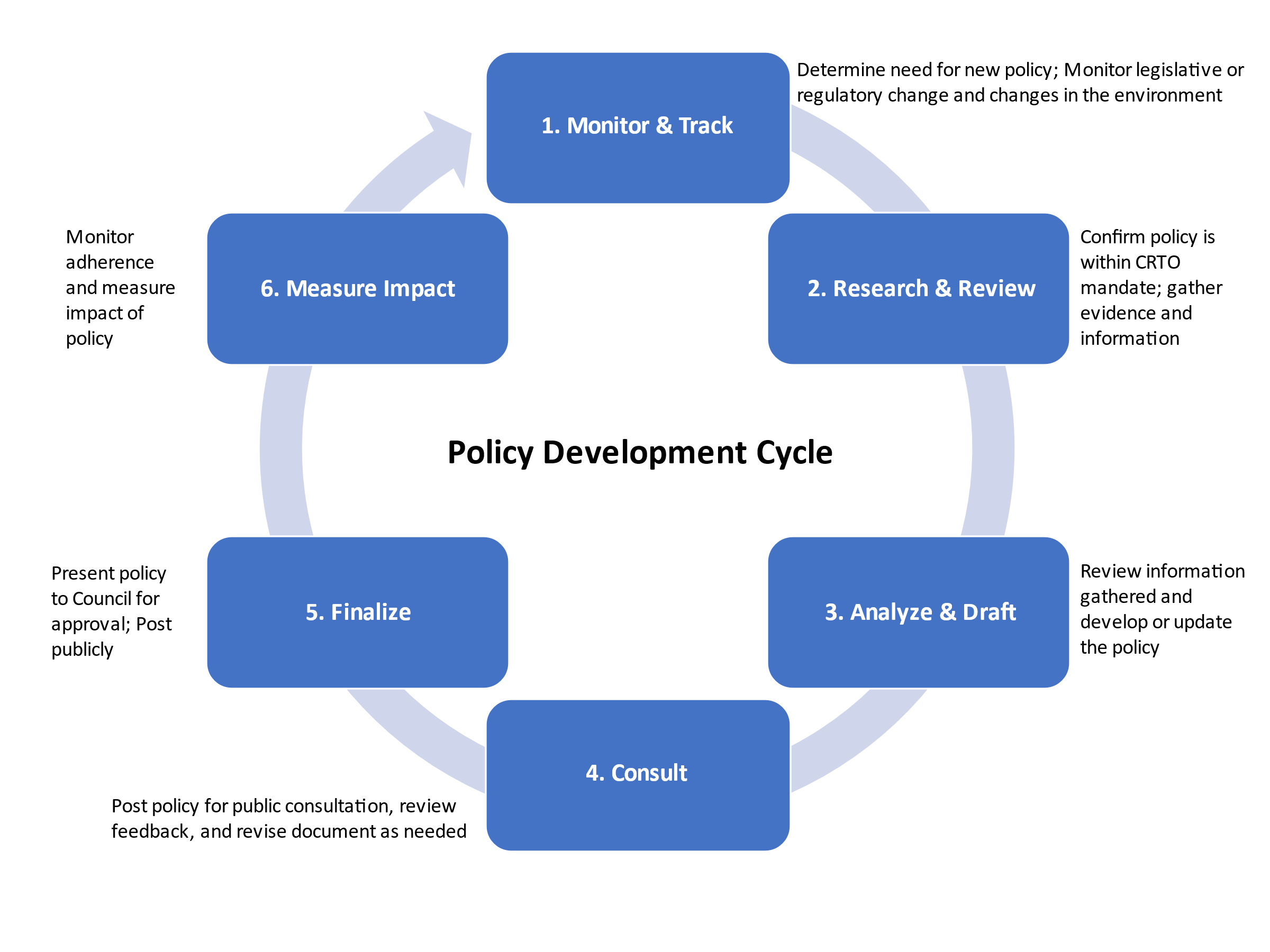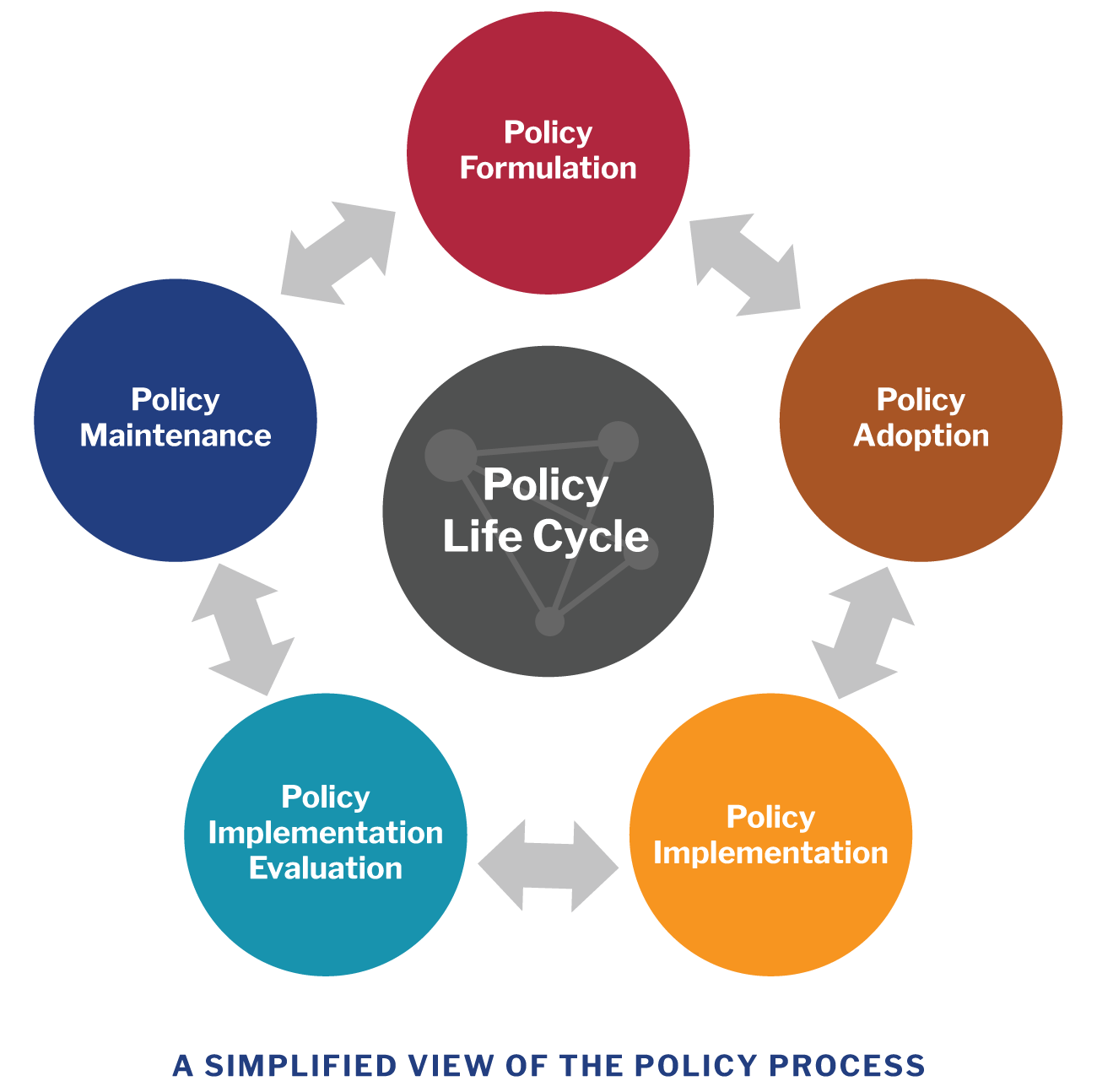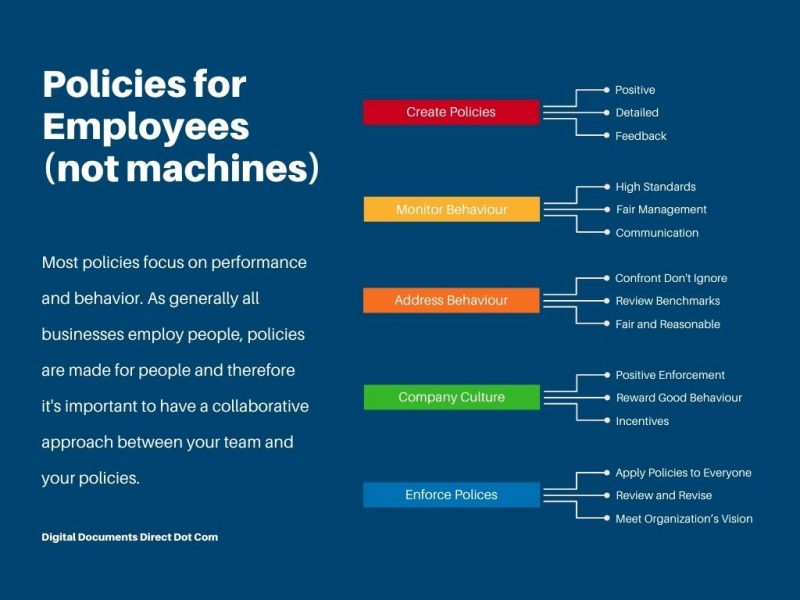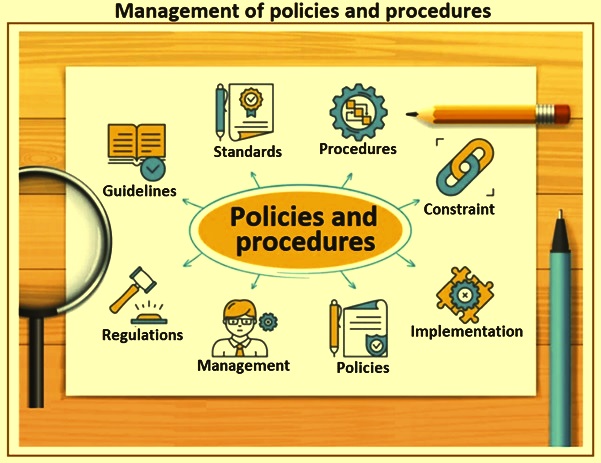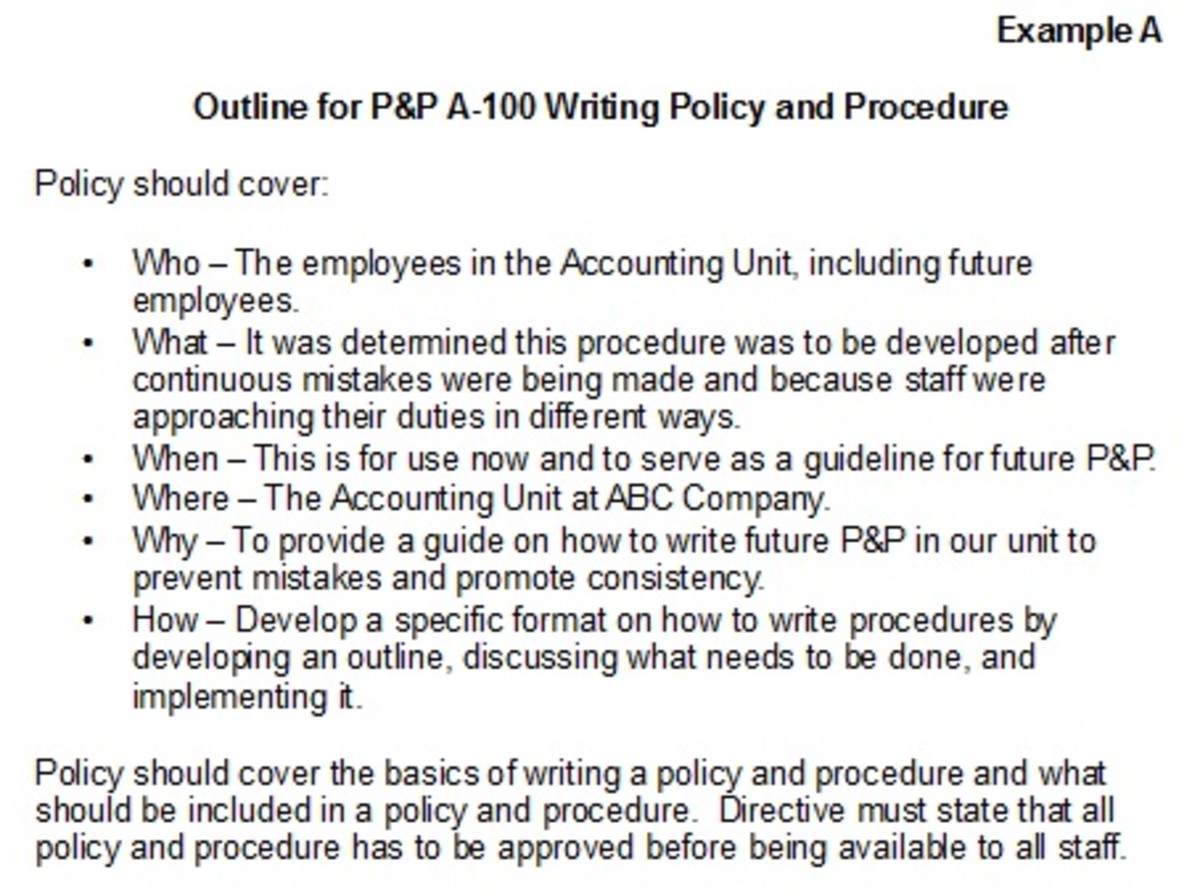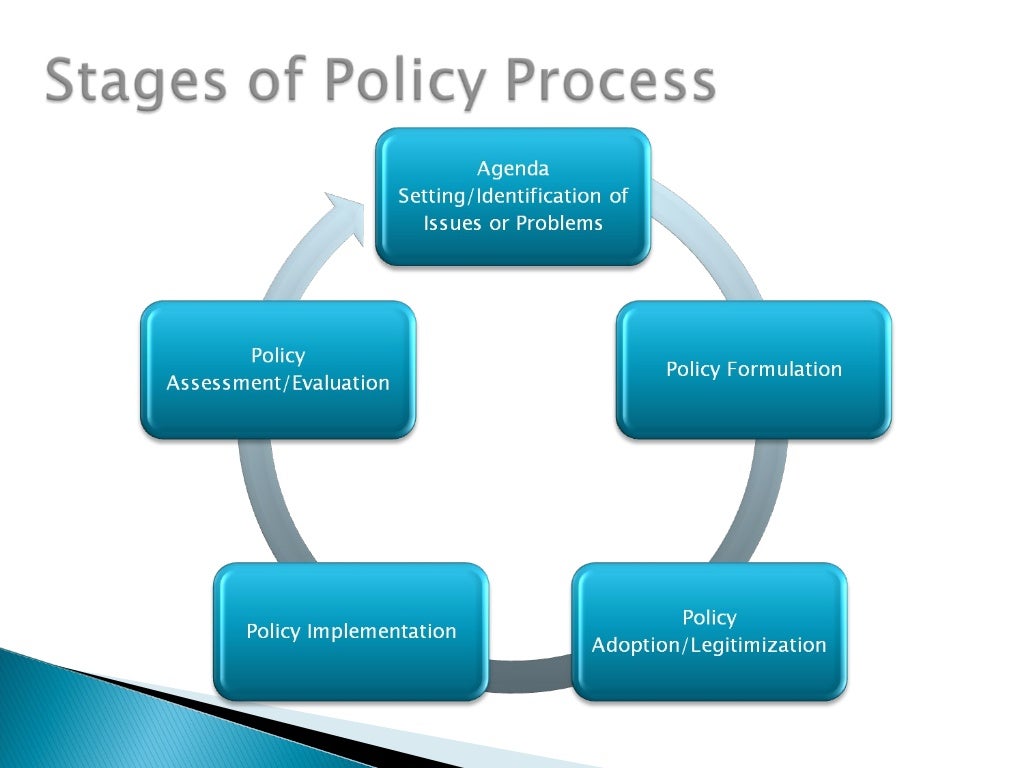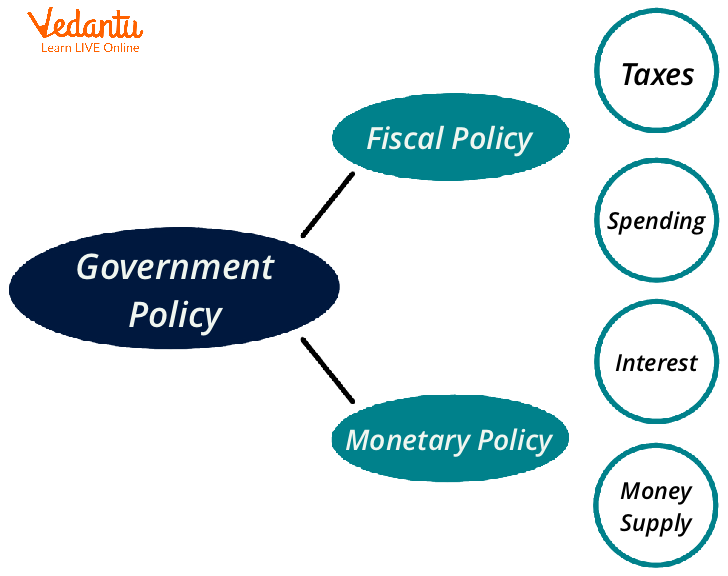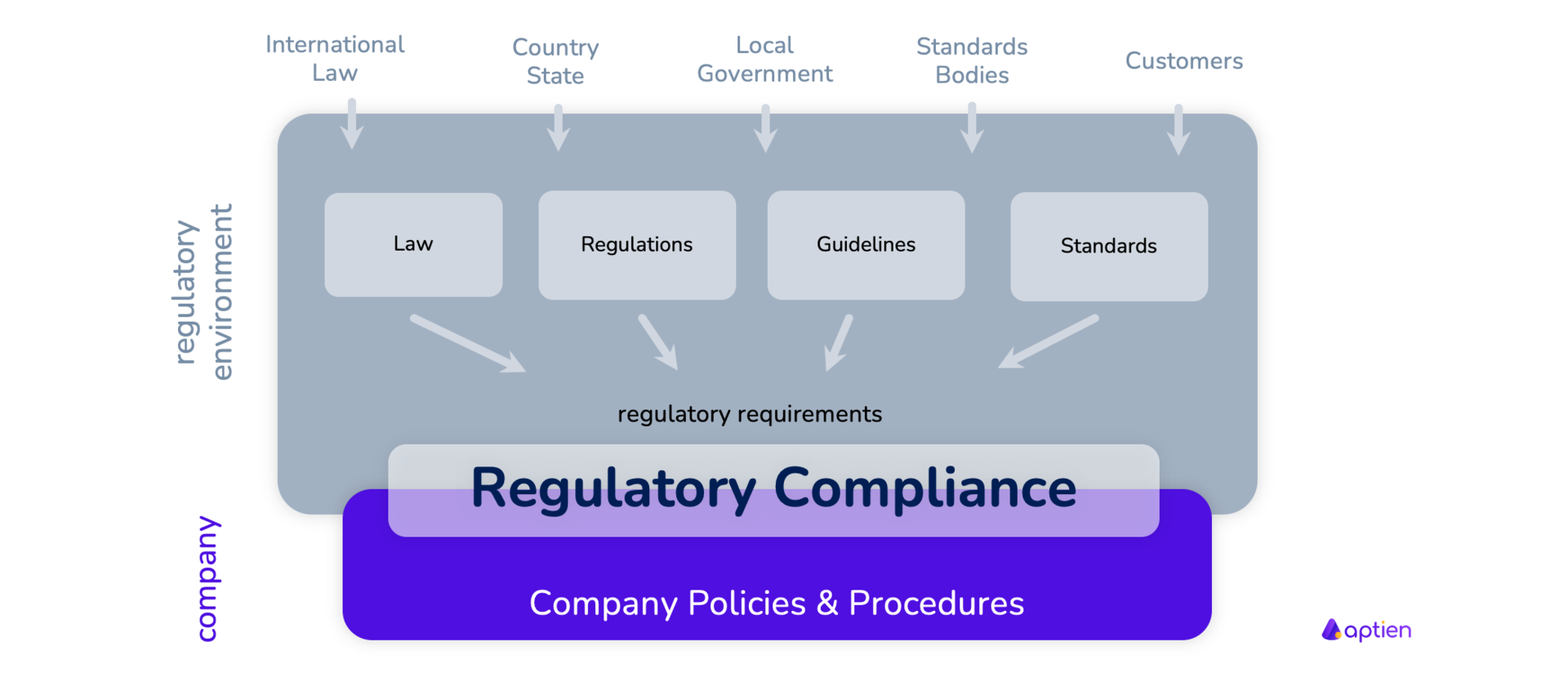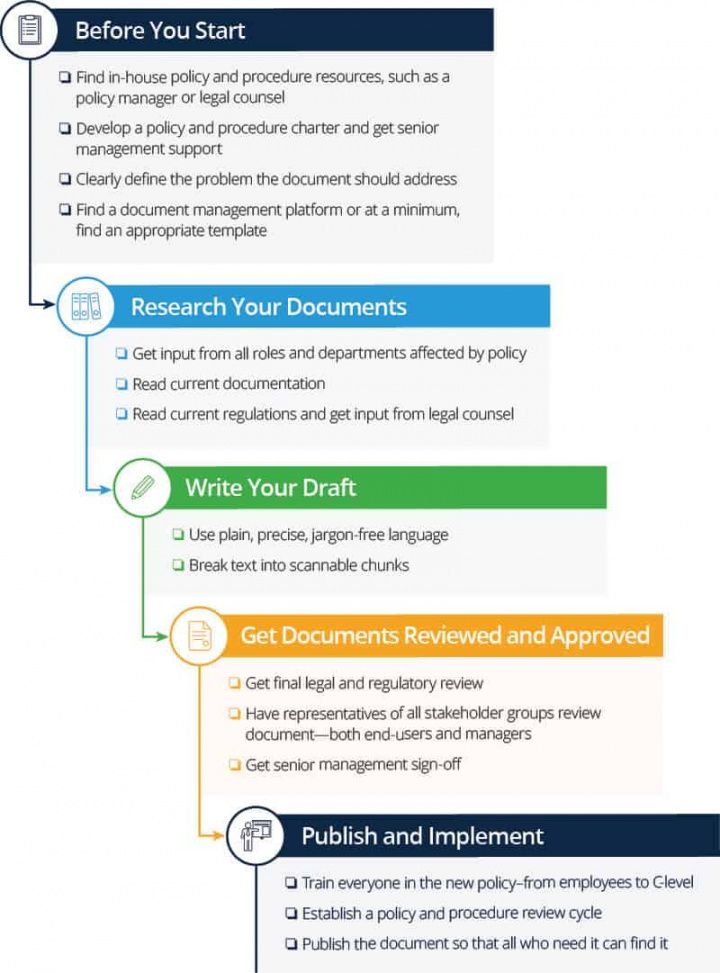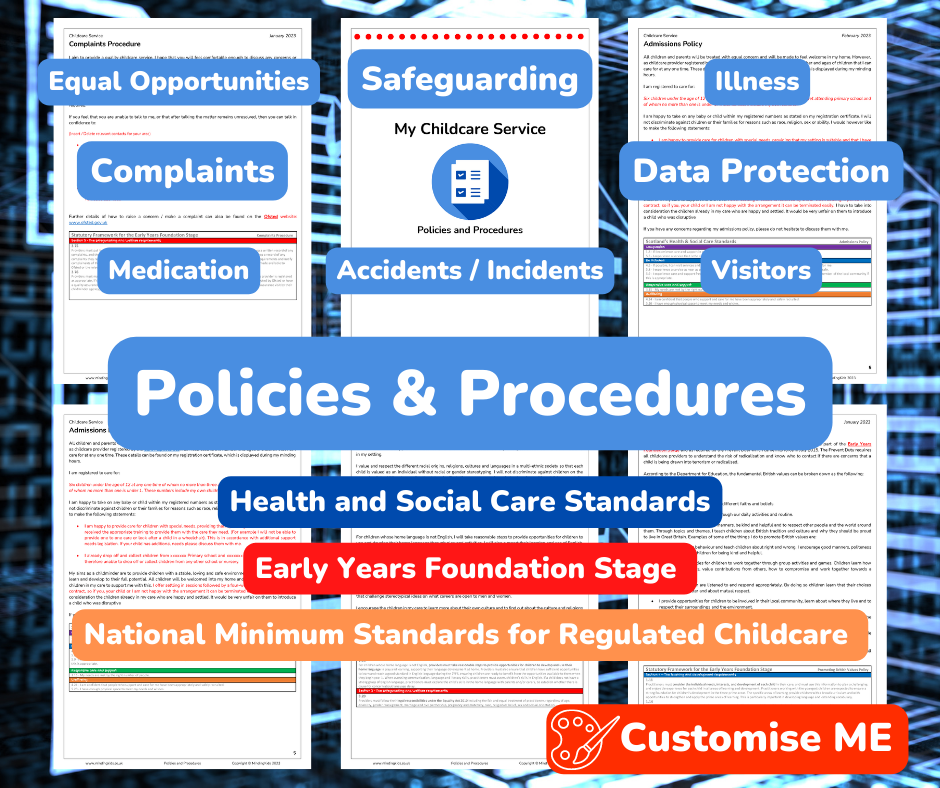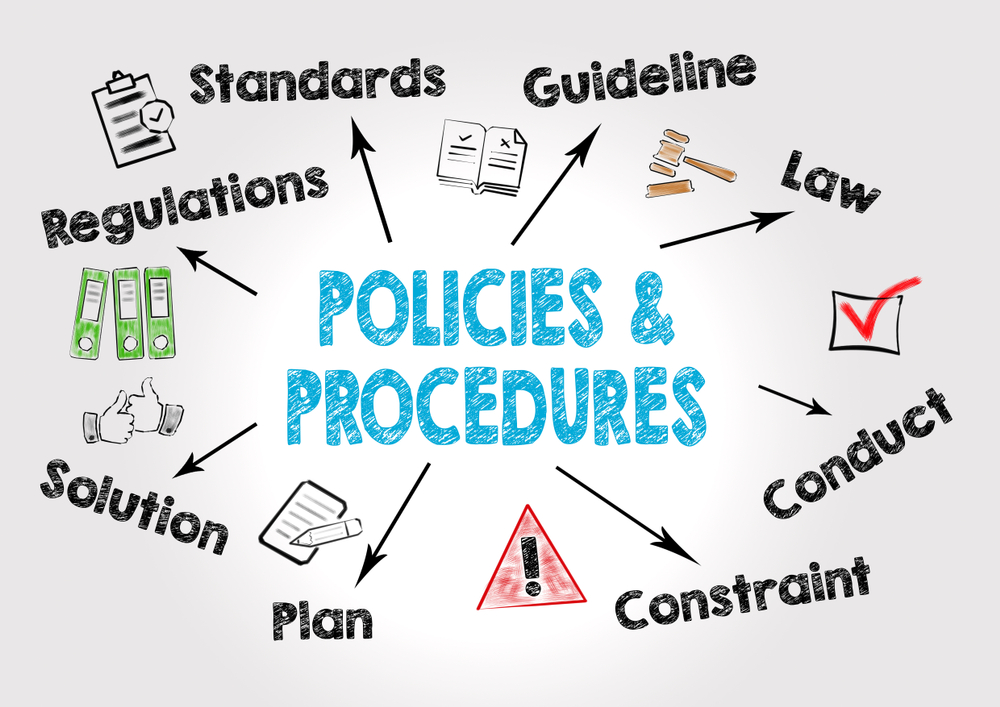Which Of These Do Not Constitute Policy Delivery
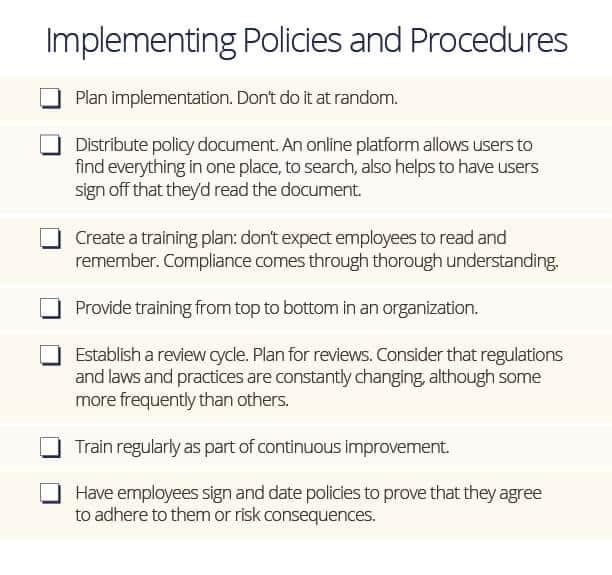
Imagine a bustling city, a hive of activity where every street corner tells a story of policies in action. Construction workers diligently pave roads, nurses attend to patients in gleaming hospitals, and teachers inspire young minds in well-equipped classrooms. But beneath this visible layer of progress, something is amiss. Are all the efforts contributing to the intended goals, or are some activities simply going through the motions, masking a lack of genuine impact?
This brings us to a crucial question: Which activities do not constitute effective policy delivery? Understanding this distinction is paramount for ensuring that resources are used wisely and that policies genuinely improve the lives of citizens. Simply put, policy delivery focuses on tangible outcomes, whereas many activities, though related, can be far removed from real impact.
The Essence of Policy Delivery
Policy delivery, at its core, is the process of transforming policy decisions into tangible results. It's about making sure that the objectives laid out in a policy are effectively implemented and that the intended beneficiaries receive the support or services they need. It's a multi-faceted process involving various stakeholders, from government agencies to non-profit organizations, all working together to achieve a common goal.
What Policy Delivery Isn't: Activities Mistaken for Delivery
However, it's easy to mistake certain activities as policy delivery when, in reality, they fall short of that definition. These are the areas where effort is expended, but actual impact on the target population is minimal or non-existent. Let's examine some key examples:
1. Purely Administrative Tasks: Routine administrative tasks, while essential for the smooth functioning of government, do not automatically constitute policy delivery. Processing paperwork, managing databases, or holding internal meetings are all necessary functions, but they only contribute to delivery if they directly lead to the desired policy outcomes.
Imagine a social welfare program designed to provide financial assistance to low-income families. The act of processing applications and disbursing funds is undoubtedly important, but if the application process is overly complicated or the funds are not delivered efficiently, the intended beneficiaries may not receive the assistance they need. In this case, administrative tasks are present, but effective policy delivery is lacking.
2. Awareness Campaigns Without Follow-Through: Raising awareness about an issue is a crucial first step, but it's not the end goal. Information campaigns need to be followed up with concrete actions and resources to enable individuals to act on the information they've received.
For instance, a public health campaign promoting healthy eating habits may be well-intentioned, but if it's not accompanied by access to affordable healthy food options or educational programs on cooking healthy meals, it's unlikely to have a significant impact on people's dietary choices. Awareness, in this case, is separate from actual policy delivery.
3. Policy Formulation Without Implementation: A brilliantly crafted policy document gathering dust on a shelf achieves nothing. The hard work of drafting a policy is undone if there is no corresponding action plan, budget allocation, or dedicated team to put the policy into practice. Policy implementation is key.
Think of a policy aimed at reducing carbon emissions. If the policy is beautifully written but lacks clear targets, funding mechanisms, or enforcement measures, it will likely remain an unfulfilled aspiration. It is necessary to put the policy into action.
4. Data Collection Without Analysis or Action: Collecting data is essential for understanding the needs of a population and evaluating the effectiveness of policies. However, simply gathering data without analyzing it or using it to inform decision-making is a wasted effort.
Imagine a city collecting vast amounts of data on traffic patterns. If this data is not analyzed to identify congestion hotspots or inform the development of more efficient transportation systems, it serves little purpose. To reach proper policy delivery, the data needs to be analysed.
5. Symbolic Gestures Without Meaningful Change: Sometimes, governments or organizations engage in symbolic gestures that create the illusion of progress without addressing the underlying issues. These gestures may be well-intentioned, but they often fall short of delivering real benefits to the intended beneficiaries.
Opening a new park in a wealthy neighborhood, while neglecting the needs of underserved communities, is an example of a symbolic gesture that doesn't constitute genuine policy delivery. The park itself is there, but the goal of improving living conditions for all is not met.
6. Blaming External Factors: Dismissing a lack of successful policy delivery by citing "unforeseen circumstances" can be a trap. While external factors inevitably play a role, successful policy delivery includes robust contingency planning and adaptive management strategies. Blaming external forces without self-reflection is often a sign of deeper structural problems.
The Importance of Effective Policy Delivery
Effective policy delivery is essential for building trust in government, promoting social and economic development, and improving the quality of life for all citizens. When policies are effectively implemented, they can lead to tangible benefits, such as improved health outcomes, increased educational attainment, reduced poverty rates, and a more sustainable environment.
When policies fail to deliver on their promises, it can erode public trust, create disillusionment, and undermine the legitimacy of government. In the absence of results, citizens may become cynical and disengaged, making it more difficult to address pressing social and economic challenges.
How to Improve Policy Delivery
Improving policy delivery requires a multi-faceted approach that addresses the underlying causes of failure. Here are some key strategies:
1. Clear Goals and Objectives: Policies should be based on clear, measurable, achievable, relevant, and time-bound (SMART) goals and objectives. This provides a framework for tracking progress and ensuring that resources are being used effectively.
2. Strong Leadership and Accountability: Effective policy delivery requires strong leadership at all levels of government and a clear system of accountability for ensuring that policies are implemented as intended. Leaders must be willing to take ownership of policy outcomes and to hold their teams accountable for results.
3. Stakeholder Engagement: Policies should be developed and implemented in consultation with relevant stakeholders, including the intended beneficiaries, community organizations, and experts in the field. This ensures that policies are responsive to the needs of the population and that they are effectively implemented at the local level.
4. Data-Driven Decision-Making: Policy decisions should be based on data and evidence, rather than on assumptions or anecdotes. This requires investing in data collection and analysis and using data to inform policy design, implementation, and evaluation.
5. Adaptive Management: Policy implementation is an iterative process, and policies should be regularly reviewed and adapted based on new information and changing circumstances. This requires a willingness to experiment, learn from mistakes, and adjust course as needed.
6. Investing in Capacity Building: Effective policy delivery requires investing in the capacity of government agencies, non-profit organizations, and other stakeholders to implement policies effectively. This includes providing training, technical assistance, and resources to support policy implementation.
A Reflection on the Path Forward
The journey from policy formulation to tangible results is a complex and challenging one. It requires a commitment to clear goals, strong leadership, stakeholder engagement, data-driven decision-making, adaptive management, and capacity building.
By distinguishing between activities that genuinely contribute to policy delivery and those that merely masquerade as such, we can ensure that resources are used wisely and that policies truly improve the lives of citizens. It's a journey worth taking, for the rewards of effective policy delivery are a more just, equitable, and prosperous society for all.
